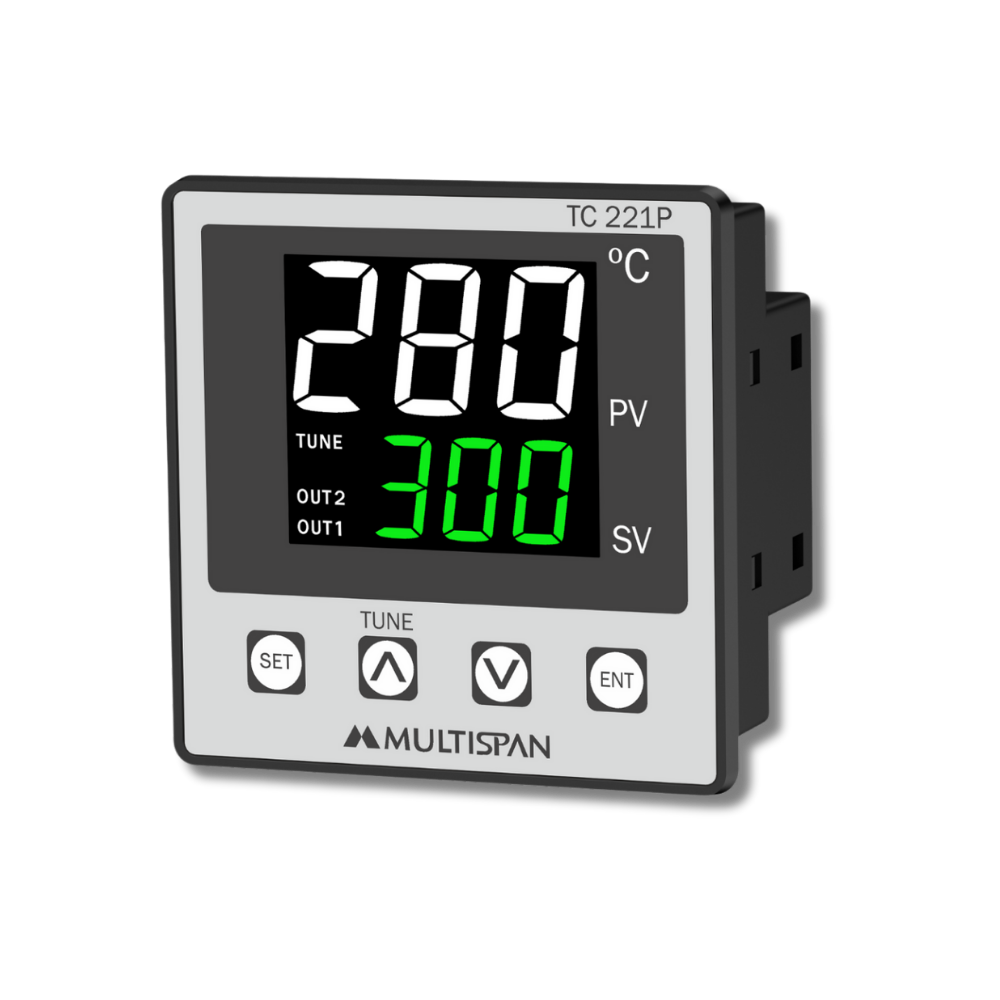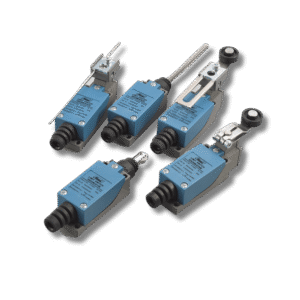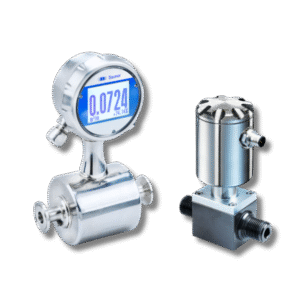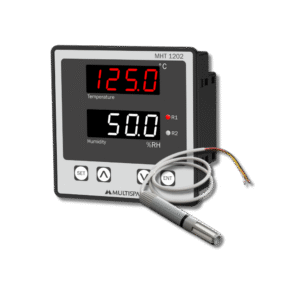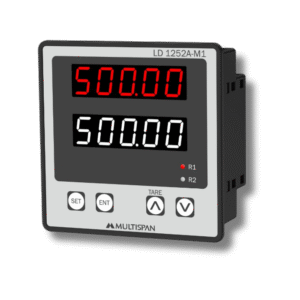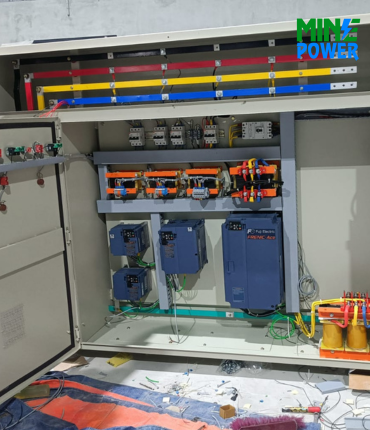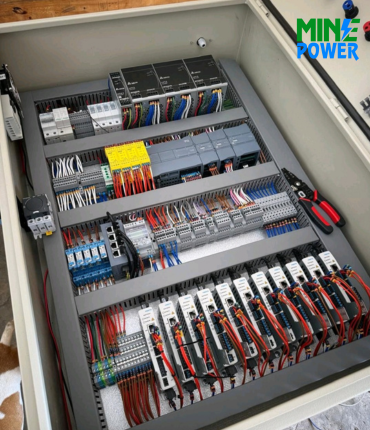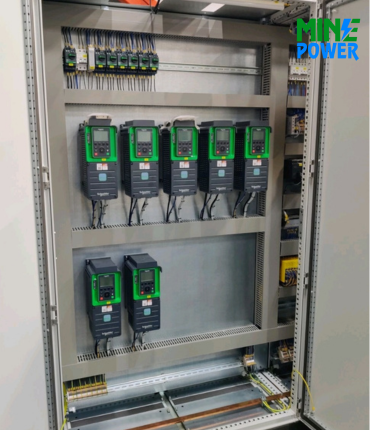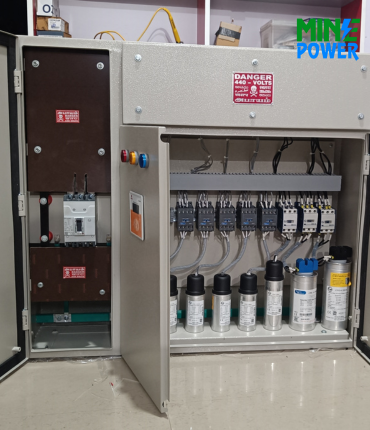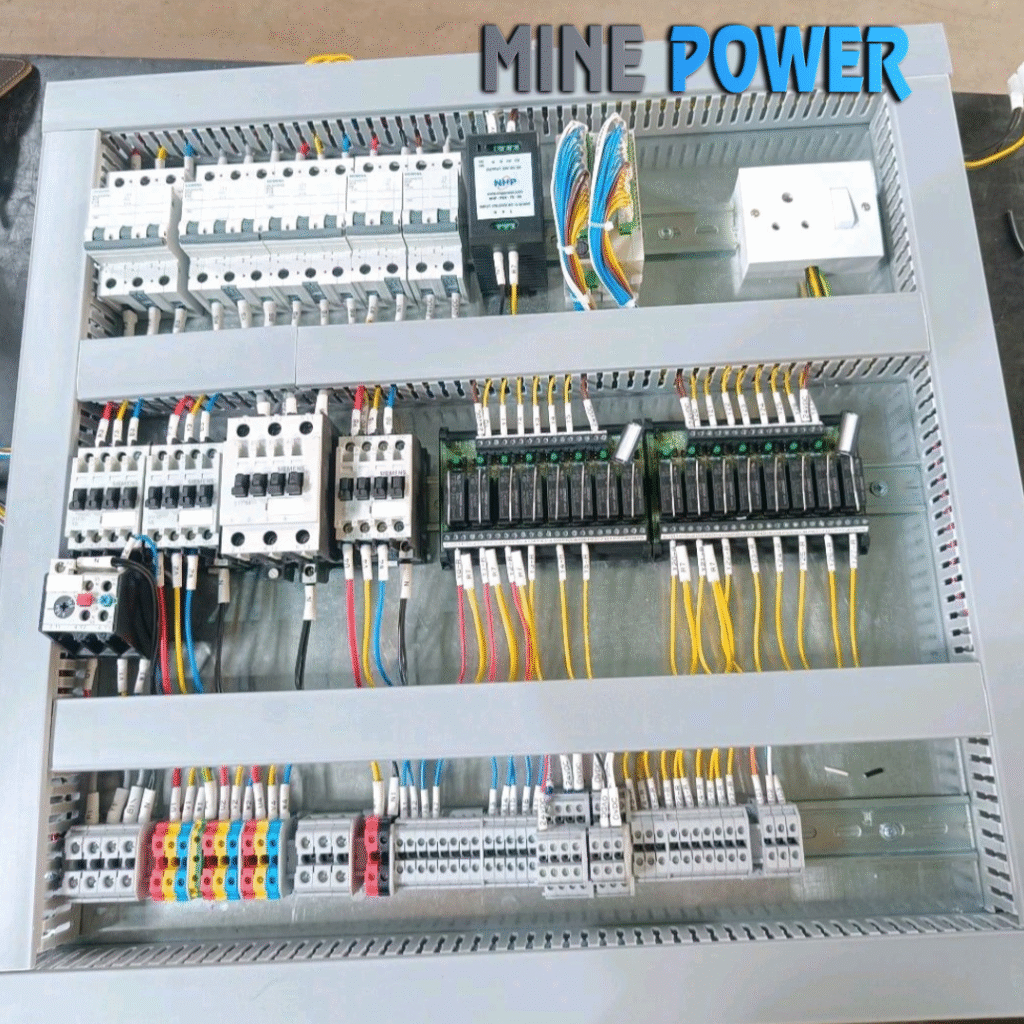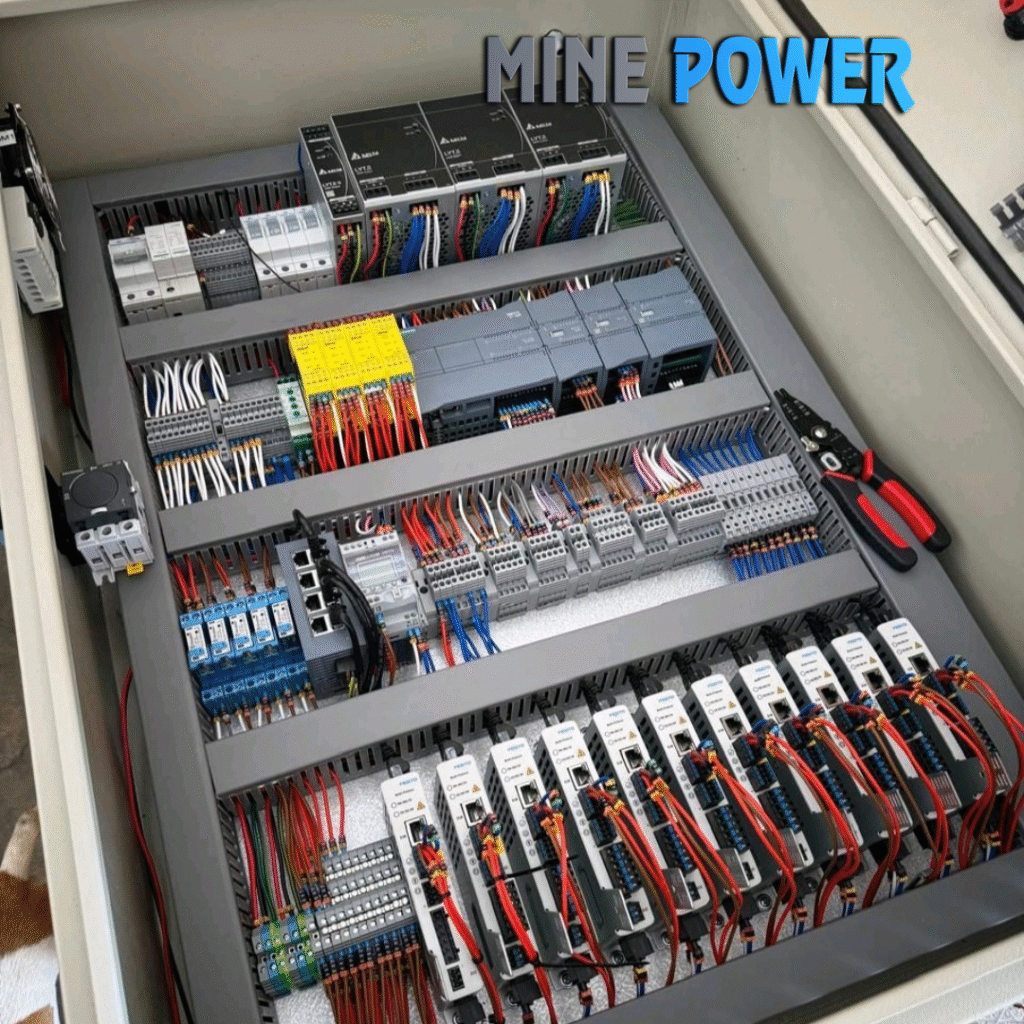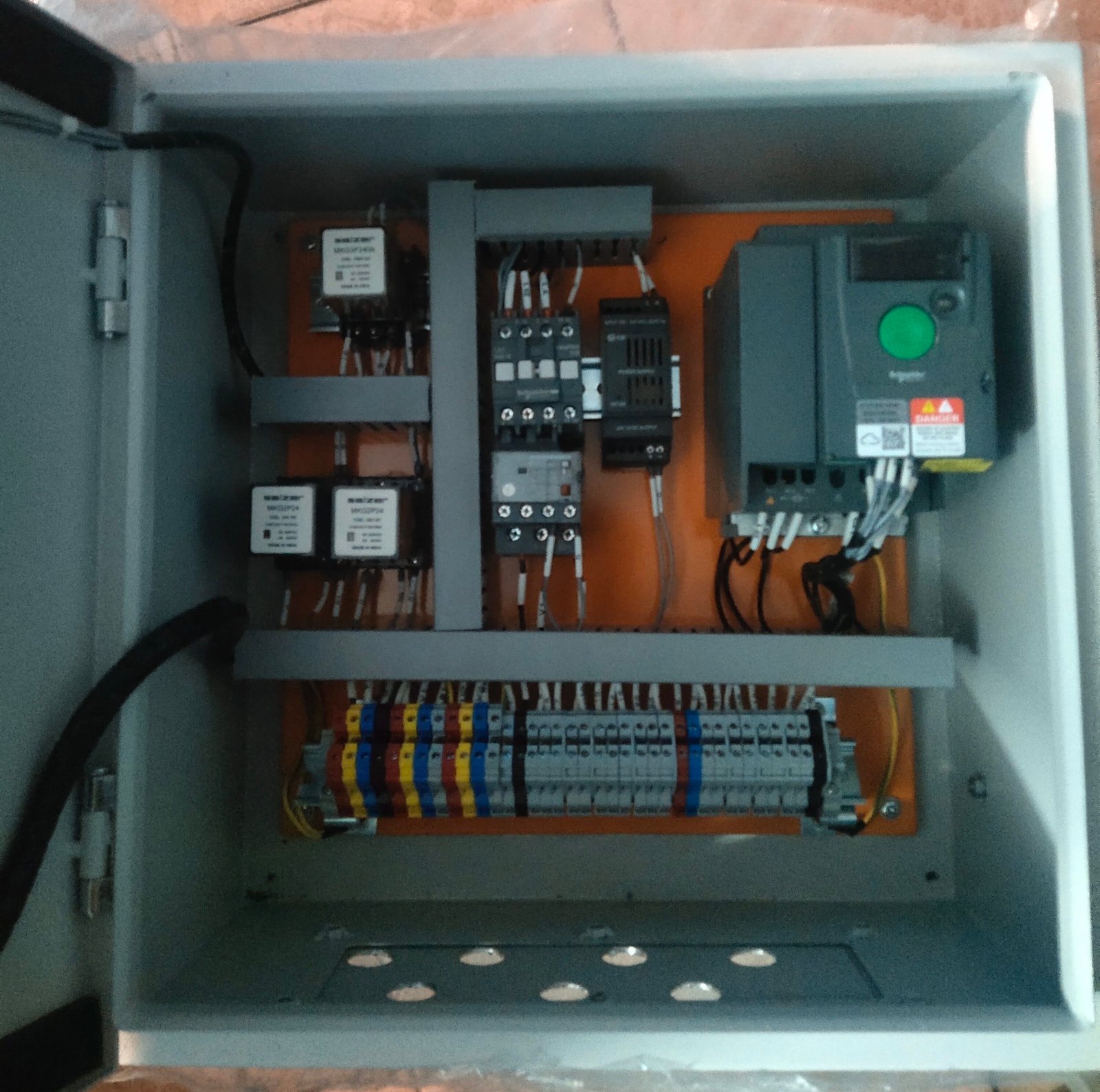A Temperature Controller regulates heating or cooling based on sensor input, ensuring stable and precise process temperatures. When integrated with a PLC, it enables automation in industrial furnaces, boilers, HVAC, food, pharma, and chemical processes, improving safety, accuracy, and energy efficiency.
Description
A Temperature Controller is an electronic device that monitors temperature through a sensor (RTD, Thermocouple, or Thermistor) and regulates it by controlling heating or cooling devices. When integrated with a PLC, it enables automated temperature management in industrial processes, ensuring precision, safety, and energy efficiency. Common types include On/Off controllers, Proportional controllers, and PID controllers.
Specifications
-
Input Types: RTD (Pt100, Pt1000), Thermocouple (J, K, T, etc.), Thermistor
-
Control Method: On/Off, Proportional, PID
-
Output: Relay, SSR (Solid State Relay), 4–20 mA, 0–10 V, RS485/Modbus
-
Temperature Range: -200°C to +1300°C (sensor-dependent)
-
Display: Digital LCD/LED (PV & SV)
-
Power Supply: 24 VDC / 230 VAC
-
Mounting: Panel Mount / DIN Rail
-
PLC Interface: Analog input, digital output, or Modbus communication
Key Features
✅ Accurate temperature measurement & control
✅ Supports multiple sensor inputs (RTD, Thermocouple)
✅ On/Off, Proportional, or PID control for precision
✅ User-friendly interface with digital display
✅ PLC-compatible outputs for automation systems
✅ Alarm functions for over/under temperature protection
✅ Compact, rugged, and industrial-grade design
Applications
-
Industrial Furnaces & Ovens (heat treatment, curing, drying)
-
Boilers & Heaters (steam and process heating control)
-
Plastic & Chemical Processing (extrusion, molding, reactors)
-
Food & Beverage Industry (pasteurization, cooking, refrigeration)
-
Pharmaceutical Manufacturing (clean rooms, process validation)
-
HVAC Systems (air handling and climate control)
Advantages
✔ High accuracy & stable control
✔ Available in multiple control modes (On/Off, PID)
✔ Wide compatibility with sensors & PLCs
✔ Reduces manual monitoring effort
✔ Improves safety & energy efficiency
Disadvantages
✖ Requires tuning (PID controllers) for best performance
✖ Sensor calibration needed for accuracy
✖ High-end models are costlier
✖ Electrical noise can affect readings if shielding is poor


